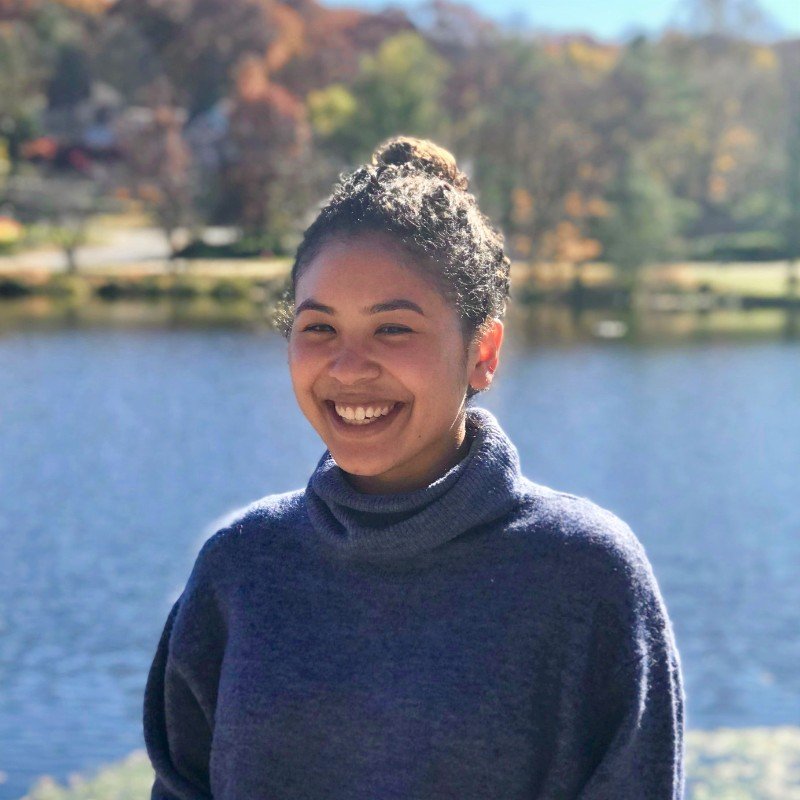Assessing meaningful community engagement (ACE)
In collaboration with the National Academy of Medicine and funded by the Robert Wood Johnson Foundation
Kim Erwin
Director, Equitable Healthcare Lab, Associate Professor of Healthcare Design and Design Methods
Tomoko Ichikawa
Associate Professor of Practice, Institute of Design
Ayodola Anise
Deputy Director, National Academy of Medicine
Asia Williams
Associate Program Officer, National Academy of Medicine
Julie Tarrant
Associate Program Officer, National Academy of Medicine
CHALLENGE
How might we measure the effects of community engagement when included in health, healthcare and health equity initiatives?
The Urban Institute observes that “authentic and sustainable community engagement is integral to advancing health equity and eradicating barriers to community well-being.” And yet measurement practices to understand if engagement is happening and identify its impact are missing. We need a strategy and resources.
OUTCOME
The final conceptual model illustrates how community engagement drives waves of change and improvement, resulting in improved health equity. It is intended for use by: funders to promote and mandate meaningful community engagement; researchers to improve and measure their community engagement; and community leaders to make the case for more inclusive, comprehensive involvement in health-related initiatives that affect their constituents.
APPROACH
We worked with the 37 member ACE Organization Committee and community leaders across the US to develop a conceptual framework for measuring community engagement within health-related initiatives. In-depth interviews with community leaders identified 71 desired outcomes, which were then clustered into five domains and 19 indicators of high-quality community engagement. Domains and indicators were incorporated into a conceptual model, using an iterative prototyping process that generated twelve variations. All community leaders reviewed and refined the resulting final model.
Find full story and set of materials on the National Academy of Medicine website
ADDITIONAL FILES
We then developed a set of real-world impact stories to illustrate how meaningful community engagement can map to the conceptual model. These stories show how deep inclusion of community residents —faith-based, Black, Navajo, LGBTQ, rural, urban, low-income — can impact community health outcomes and build the relationships critical to further engagement and improvement.
Find full story and set of materials on the National Academy of Medicine website
National Academy of Medicine Assessing Meaningful Community Engagement
National Academy of Medicine Assessing Meaningful Community Engagement
National Academy of Medicine Assessing Meaningful Community Engagement










